Classic Cars, Movies, Music, and Other Stuff ...
For almost six decades, a French car company came out with some classically beautiful cars. Then, after seemingly going from strength to strength, it closed down and vanished into the annals of automotive history. But not without leaving some exquisitely designed cars. Sadly, the person whose name this marquis carries, never lived to see its successes. This is the brief history of Delahaye Auto, a lost French icon.
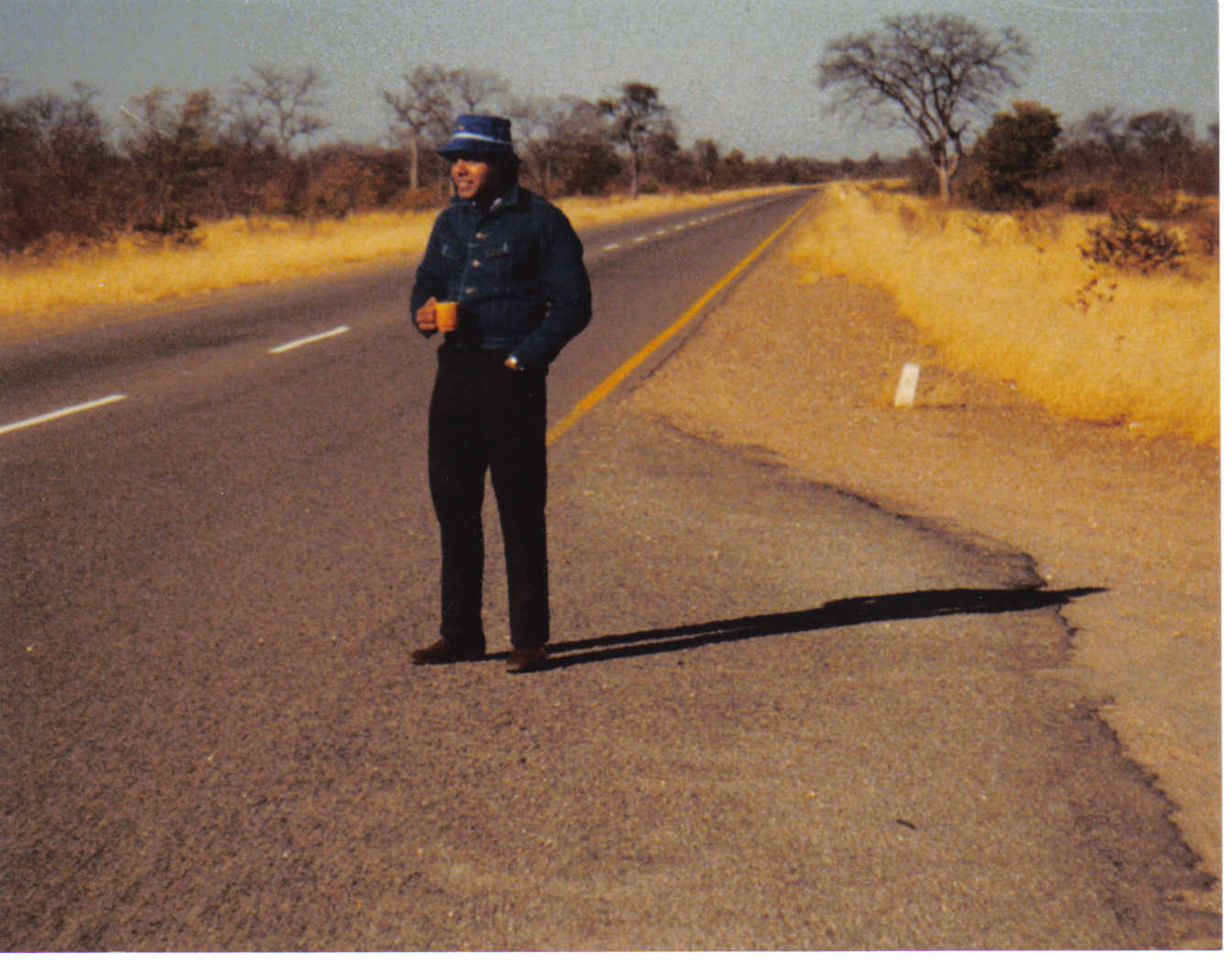
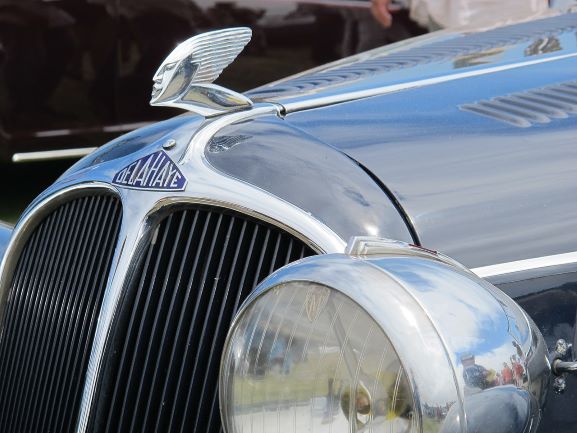
The car company was founded in the mid-1890s by Émile Delahaye who, with an engineering background, tinkers with belt driven pumps, and internal combustion engines. He develops his own cars and races them in competitions to test and prove their worth. Pretty soon, he makes a name for himself and his cars. As interest in his autos increases, he partners with another fellow racer, Georges Morane, and moves from Tours to the latter’s larger factory in Paris.
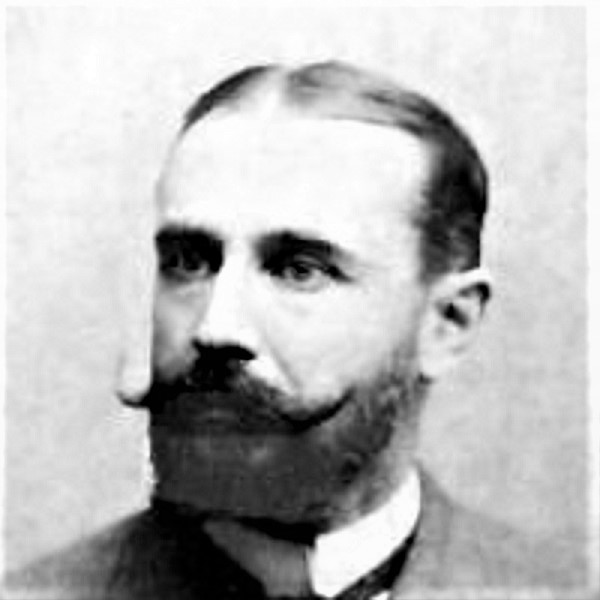
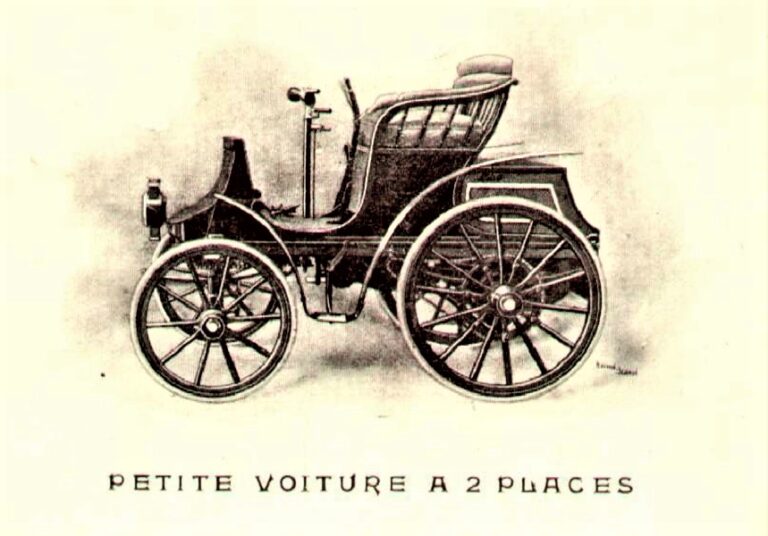
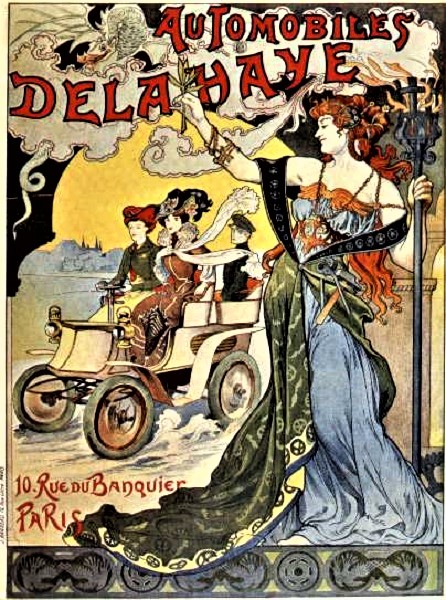
They bring on board Leon Desmarais, Georges’ brother-in-law. In Paris they form the “Société des Automobiles Delahaye” and achieve new successes. Émile and the company release three new models, before ill-health forces him to resign in 1901. With no heir, he sells his share to the other two, who continued his name for the company. Émile Delahaye dies in 1906.
Before his death, Émile has, in 1898, hired two mechanical engineers to help the new partnership. These are Amédée Varlet and Charles Weiffenbach. The latter is appointed Manager of Operations soon after Émile’s death. Charles cancells all Delahaye racing and other competitive activities. He remains head of Delahaye throughout its life. Amédée Varlet, on the other hand, remains in charge of the design function until 1939.
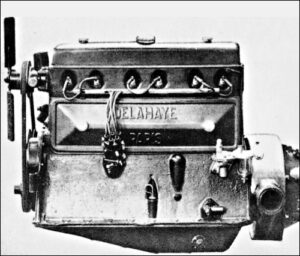
He is responsible for Delahaye’s important patented innovations including multi-valve OHC and the V6 engine. However, Delahaye never makes full use of these, while their competition does. At least not as effectively as they should. With World War I breaking out, Delahaye is forced to concentrate on rifle and aircraft engine production.
After WW I, Delahaye concentrates on “conservative,” albeit reliable cars as per Charles’ policy. This strategy puts Delahaye in the doldrums, and sales start taking a hit. Unlike other automakers, Delahaye is run by shareholders and they have a big say in the direction of the company. Madame Leon Desmarais, Leon’s widow and major shareholder, feels that Delahaye needs to get back into racing and create more competitive, performance cars to turn things around. She approaches Charles to follow this direction. This change is executed in the early ‘30s.
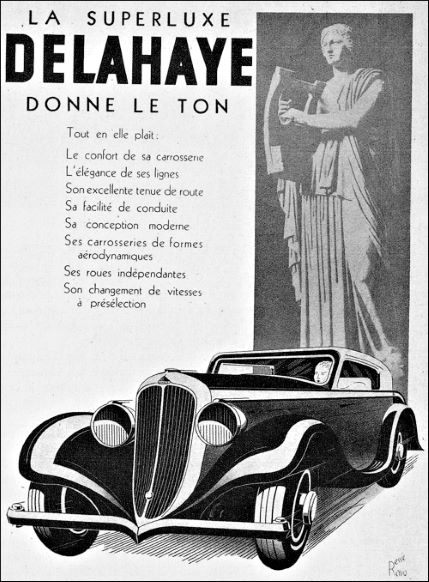
In 1933, Delahaye boasts their new Superluxe. This is the birth of the “new Delahaye.” More sporty models are released and the cars perform impressively at the races including Monte Carlo and Le Mans.
With this new direction of competitiveness, Delahaye returns to the forefront of automotive culture in France. Spearheading this change is a young engineer, Jean François, commissioned to build sporty cars for the company. Utilizing surplus inventory on hand, exciting new designs appear in the Delahaye stable. Among them is the 135 which is symbolic of the new Delahaye.
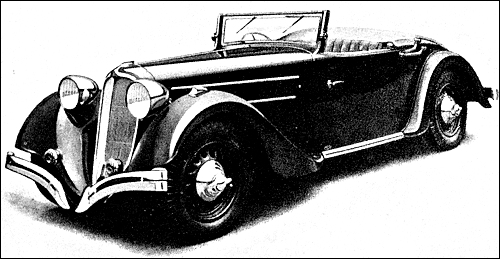
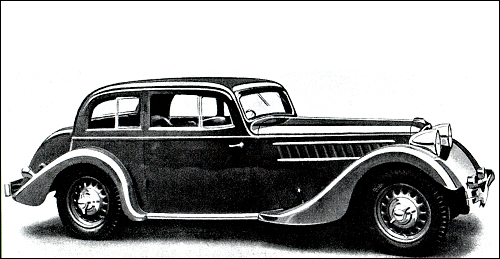
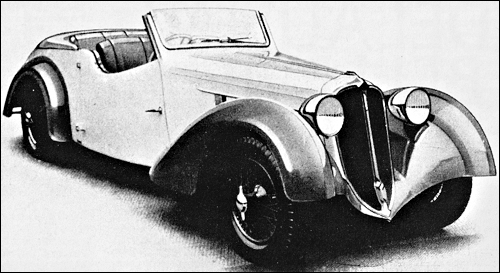
Delahaye reaches new heights, wins races, and also purchases another respected French auto company – Delage. This takeover of Delage adds to Delahaye’s newfound stylish image. Cutting-edge coachbuilders are utilized to bring out new designs. These includes the likes of Franay, Letourner & Marchard, Chapron, and Guillore. The company’s finest hour has arrived.
After the success of the 135, there is no looking back for Delahaye. It is commissioned from as far as the United States, to build luxury automobiles.
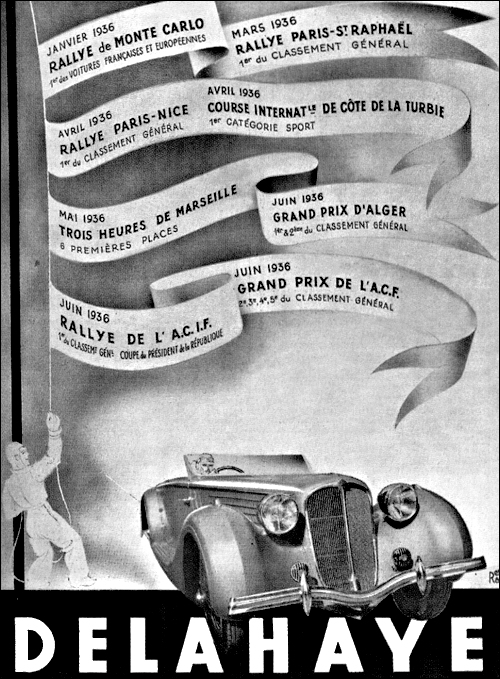
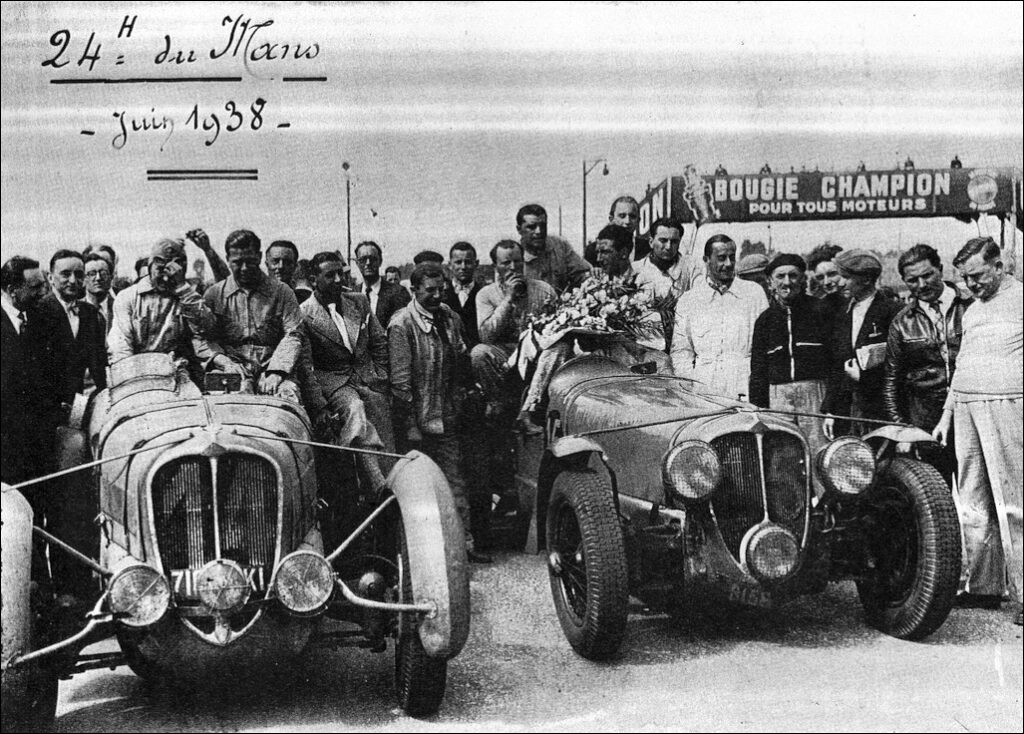
Suddenly everyone looks forward to what Delahaye will come out with next. From mid 1933 to 1939, only about five thousand cars are built in the company’s six production facilities. While minuscule in number, these are the most exceptional automobiles the world has seen. Some of them are still considered among the most beautiful cars ever built – reflecting French artistic excellence.
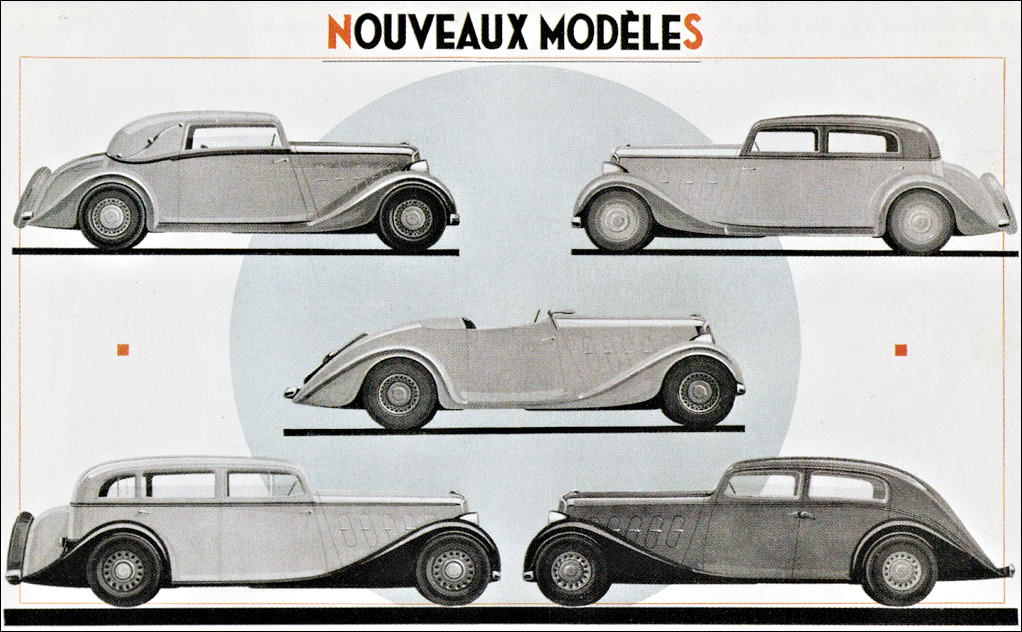
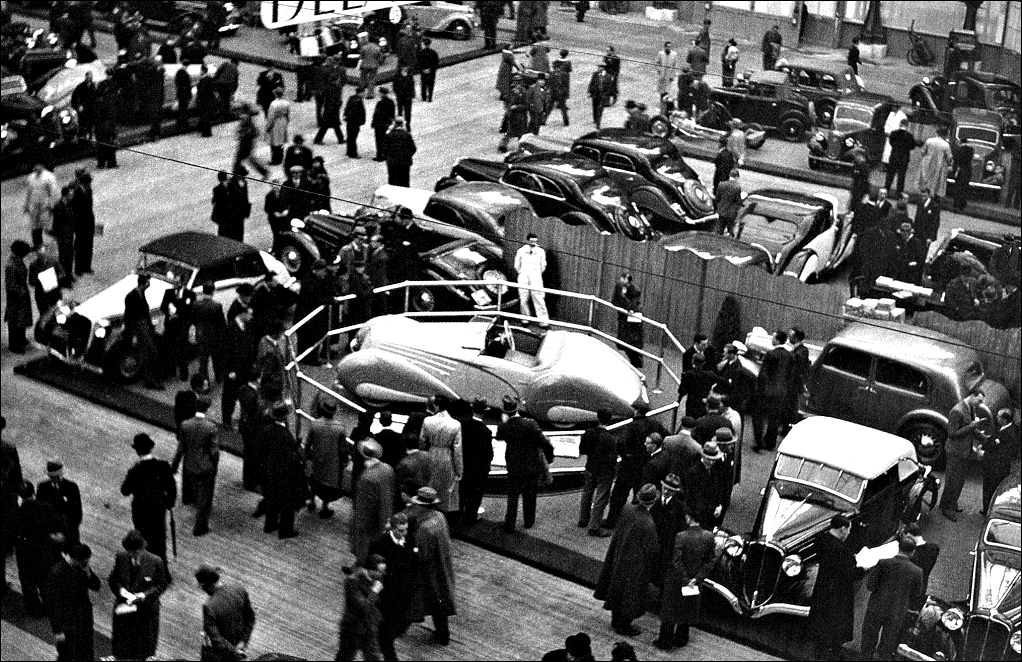
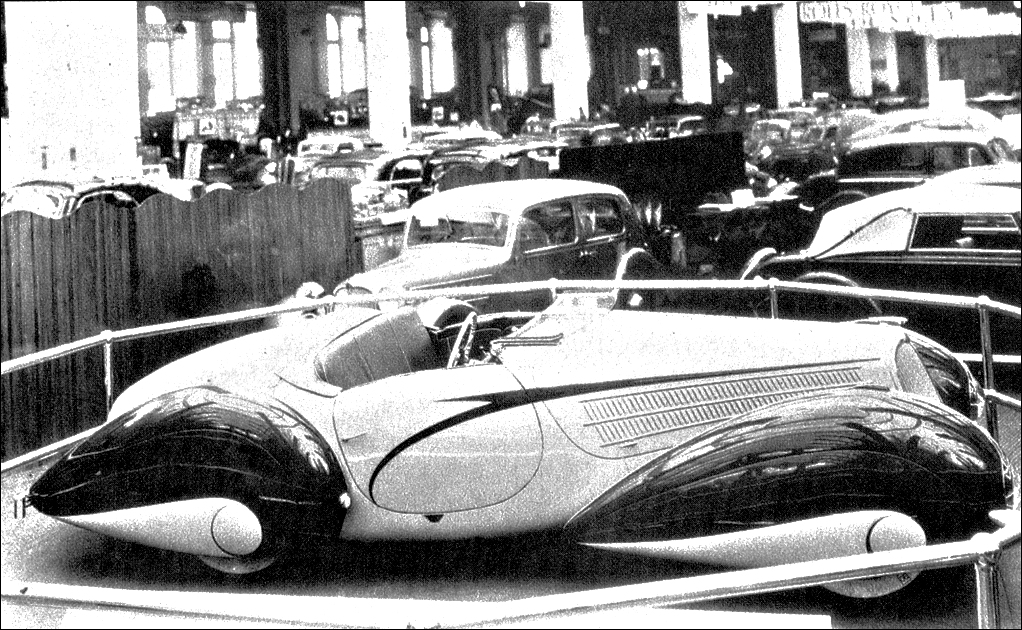
Much of the credit goes to the new management direction of Jean Francois, and the coach builders they contracted. The company is looking forward to even more successes when the storm clouds of World War II finally catch up with them by the early 1940s.,
During World War II, the French government directs all manufacturers to concentrate towards the war effort. Delahaye builds mostly for the military during this period, and Germany during their subsequent occupation. Delahaye’s designer Jean François dies in 1939; fortunately leaving some designs for the company.
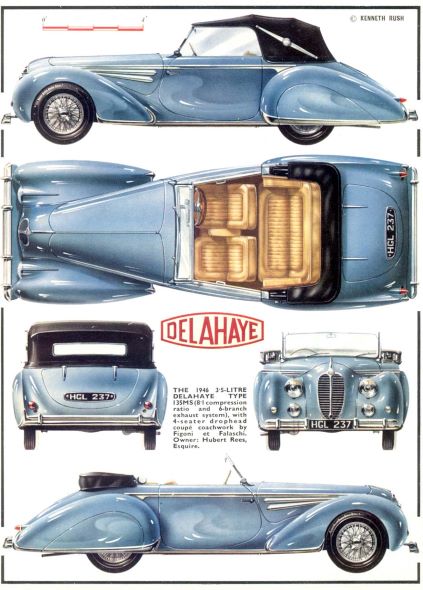
After the war’s destruction, and economic turmoil, Delahaye has to reconstitute towards their pre-war glory. However, their ostentatious designs are not in keeping with the post-War mood. By 1948, Delahaye is getting back into the swing of things, and most of their products are being exported.
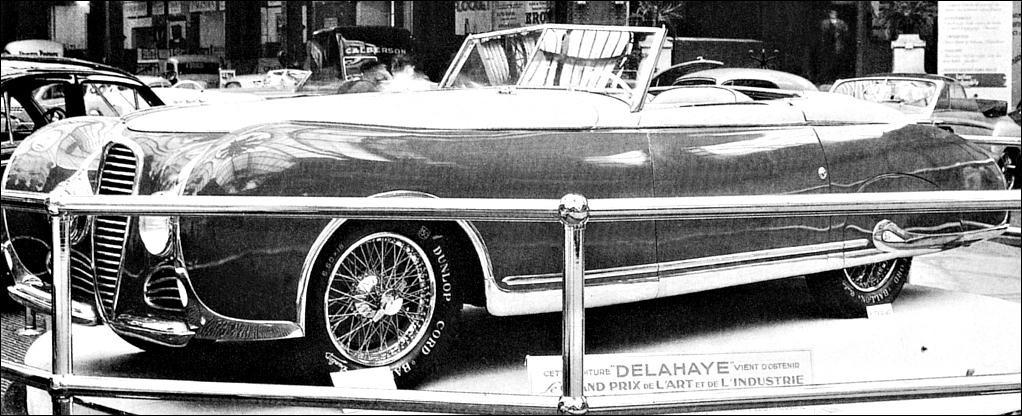
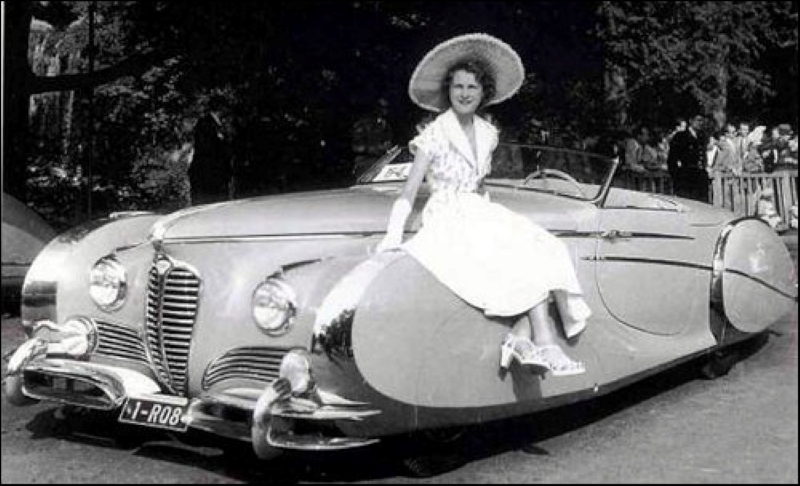
But Delahaye runs into quality issues regarding their suspension systems. Competition from foreign rivals on a new auto manufacturing landscape does not help things either. By the 1950s Delahaye is in danger from being bought out by other French manufacturers with tie-ups with foreign companies.
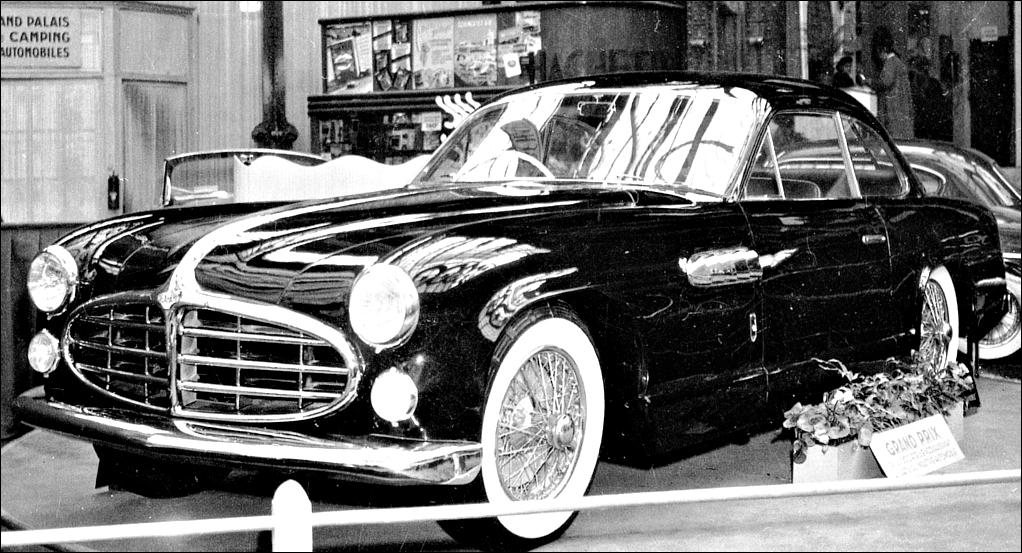
In the post-war turmoil of the changed landscape, changing French cultural norms, quality issues, and new competition, Delahaye is staring at being bought out. Despite some great designs they come out with during their final years, the shareholders of Delahaye accept a merger with another struggling company, Hotchkiss. Soon after the merger, Hotchkiss decides to shut down Delahaye in 1953.
Delahaye 1894 – 1954 – MyHotRodTV / YouTube.com
And thus comes to an end one of the most extraordinary French auto manufacturers that hold a special place for classic car aficionados. In December of 1954, Delahaye closes its doors for good. The person locking up the facilities, on 31st December 1954, is none other than Charles Weiffenbach who has seen the company through thick and thin over the last six decades. Delahaye, the lost French icon!
Rover 2000 – “Rebel of the Family”
De Soto Automobiles – What Happened?
Is the 60s a Golden Decade for the Convertible?